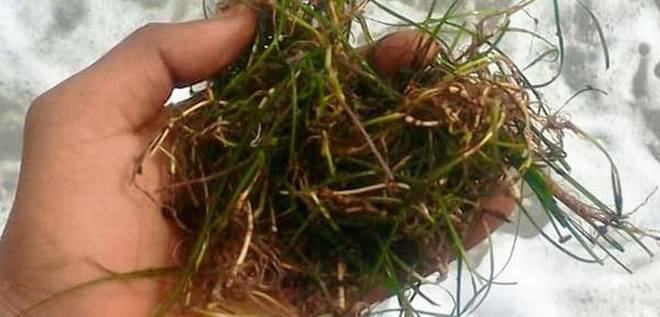Free Courses Sale ends Soon, Get It Now


Free Courses Sale ends Soon, Get It Now



Copyright infringement is not intended
Context: The Government of India Programme on Seagrasses.
About Seagrasses:
Seagrasses - ‘Ecosystem Engineers’
Why there is need to protect sea grasses?
Measure taken for seagrass conservation:
https://www.pib.gov.in/PressReleasePage.aspx?PRID=1810578
© 2024 iasgyan. All right reserved